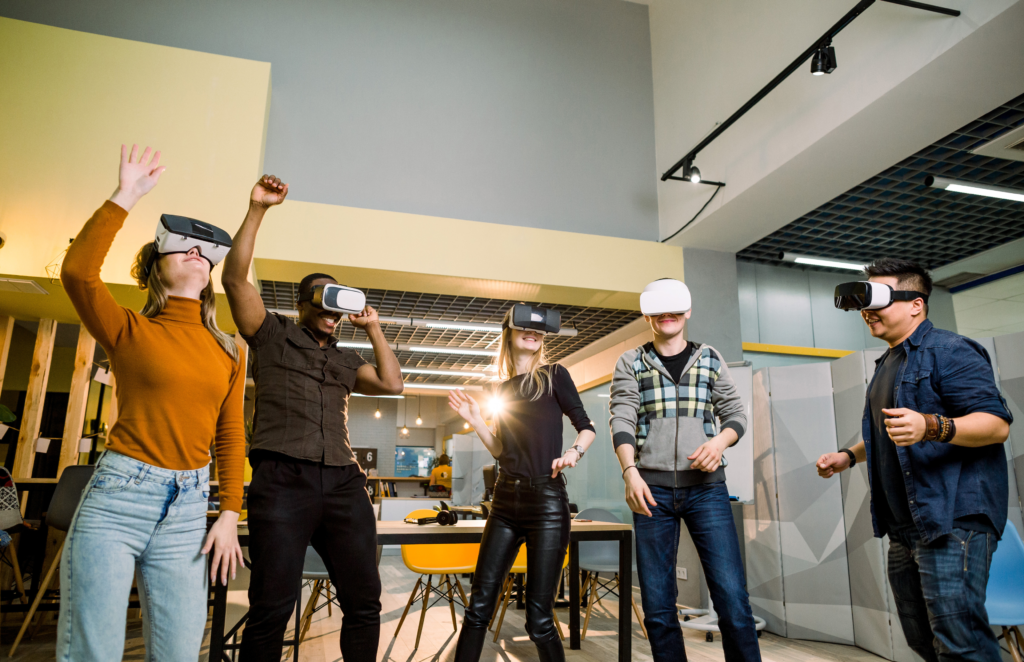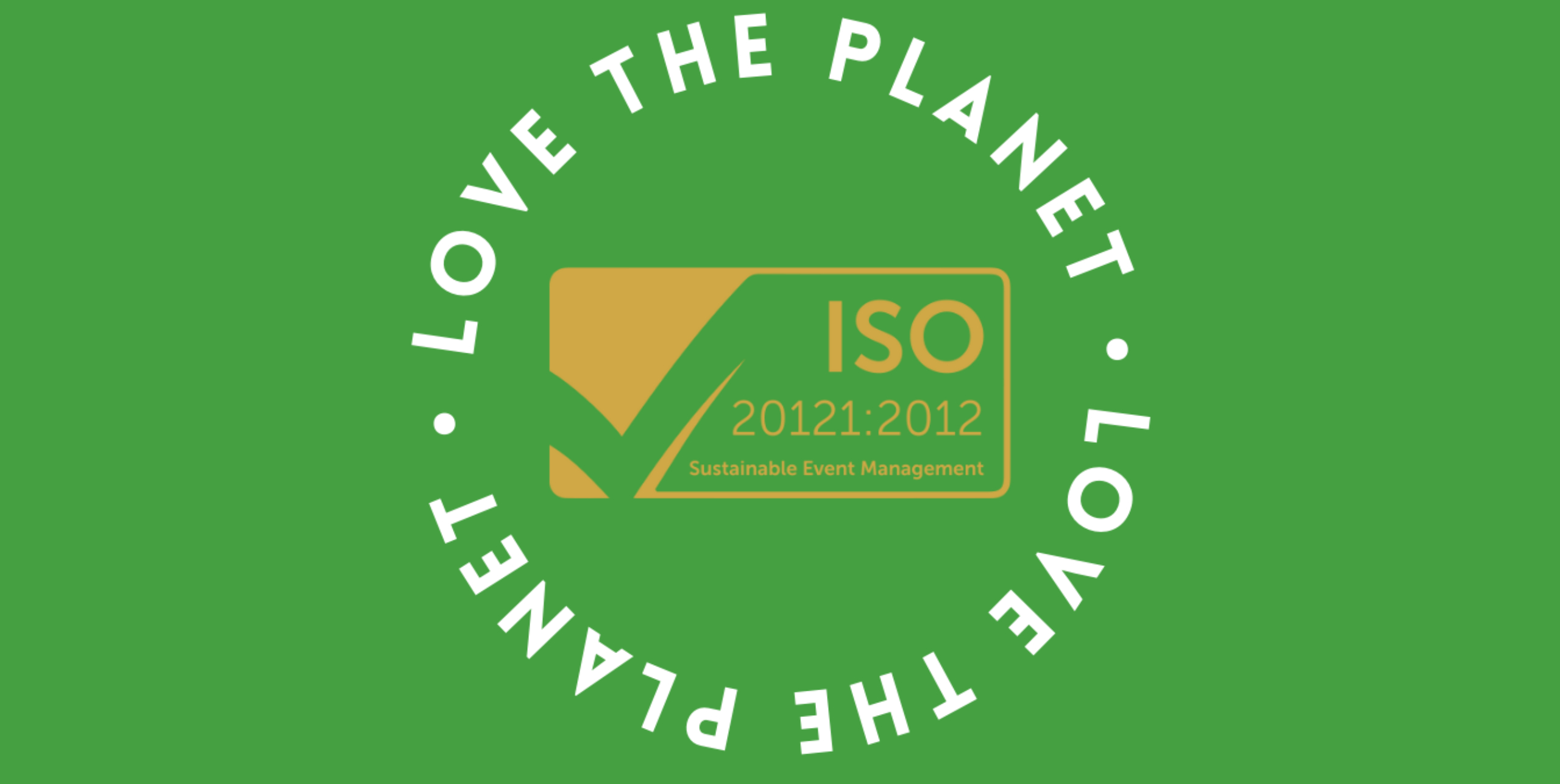How do you decide when new tech is a fad or game changer? Fusionomics.

Does the tsunami of new, event tech leave you feeling lost? Should you inject the new tech into your events? Or play it safe and stick with what you know?
Well, at Shelton Fleming, we’re forever advocates of cool tech and would encourage the former.
But how do you do that? Enter ‘Fusionomics’.
Fusionomics is a term coined by Shelton Fleming that identifies the optimum circumstances in which new technologies transcend fads, and become viable, economic experiences that create value.
Fusionomics is the triangulation (or ‘fusion’) of three forces: accessibility, creativity, and cultural acceptance.
This isn’t to say you shouldn’t put your toe in the water with new tech. The key is recognising when the circumstance exists for new technology – for example, take something like the Metaverse – to be ubiquitous, relevant, inspiring, and culturally acceptable in order to stand the chance of becoming mainstream.
If there’s a clear pathway to cultural acceptance – given certain market conditions, like accessibility, affordability, and ease of use, then find ways to get in early, learn and be ready for when the market does boom.
Remember when Google brought out those lop-sided, weird looking glasses to create an augmented reality (AR) layer, in the real world around you? Clever idea. And COVID years have, for the most part, educated the world to see the value in AR.
Let’s be honest…Google Glass was just too geeky for most people.
Had the glasses been akin to wearing a normal pair of Specsavers, Gucci’s, Wayfarers or Oakley’s, with maybe a little luminous detail on the temple-hinge, to signal, ‘This is cool-tech with style’, the concept might have gained traction. Sure, Snapchat, the social channel for anyone but your parents, initially made the misstep with camera shades, that looked fun but a tad freakish too. To be fair, Snapchat eventually normalised the design with a fashionista’s sensibility.
So, about fusionomics, and what to look for…

Accessibility
The first foundation of fusionomics is widespread availability. Think ubiquity. Affordability. An intuitive user-interface.
The least friction there is to access and use, the more likely mass-adoption will follow. Tell me the last time you put on a VR or MR headset that was affordable, with long battery-life, didn’t make your forehead-sweat after 30 minutes, was super easy to operate and download apps, and navigate? Headsets are becoming more comfortable, cheaper and a tad easier to use. Although, the beginners-on-ramp to using VR headsets and controllers is still like a red or black slope in downhill skiing.
The decision is, will tech (in this Metaverse example, headsets) become cheaper? Can you envisage a Vodafone or Verizon eventually bundling your iPhone 20 with a free headset? Well, ok, nothing’s truly free but as they did with smartphones and tablets, will they bundle light-weight headsets, with long battery-life, that are easy to wear and play, with Tinder-style options of people and places to explore? We think they will but until they do, the Metaverse is a sandpit. Play in it. Experiment. Discover and shape the ecosystem but see it as a foundation. Learning to walk, so you can run when the next two dimensions kick in.

Creativity
The second foundation of fusionomics is creativity.
Technologies underpin experiences and bring content to life. The talent (aka creatives) and toolkits need to be in place to create those experiences and content.
Again, let’s use the Metaverse as our litmus-test. The toolkits from the computer gaming world, and the talent to use them, are creeping into the wider world of brand experience design and corporate comms. It’s getting easier to create life-like 3D worlds, quickly and without re-mortgaging. Avatars are getting easier to generate, too. Not to mention spookily life-like. Maybe too much so. Deep fakes come to mind. But the fears and abyss aside, it’s getting easier to create cool, social-VR experiences.
And there’s a host of NFTs, blockchain layers, and digital payment solutions (that don’t have to rely on the much-maligned crypto currencies – normal banks can step in with familiar, online transactions) to make these experiences rewarding and commercially appealing.
Content is king, and whilst we’re fast realising that it might be a creative guru going by the name of Chat GPT or DALL-E, in years to come, creativity is critical.
Ask yourself, does the ecosystem around the technology, have the potential to create inspiring experiences? If the answer is, ‘Yes’, it could be more than a fad.

Cultural Acceptance
In many ways, this is always the final booster rocket for new tech going from fad to ubiquity and beyond.
So, we come full circle. Would Google Glass have gained more traction had the design been more tuned to culture and fashion? Consumers don’t mind being trendsetters, trendy or fashionable (credo for more consumers) but there needs to be social capital or equity in the experience or product.
There’s no sugar-coated narrative to the COVID pandemic, but what that unexpected and unwanted intervention left in its wake was a public (from digital natives to octogenarians) more open to embracing tech-enabled experiences. QR-code activations and AR became normalised. Apps and technologies became social and commercial lifelines.
Conclusion
We all filter a tsunami of new tech, every day. Fusionomics is a lens to evaluate what deserves your attention, even if it’s over the horizon. It’s important to ask the question ‘is it practical?’ instead of just ‘is it possible?’.
If you can envisage the ecosystem around the technology making it an accessible, inspiring, and culturally acceptable experience, it may well-deserve your attention, not tomorrow, but today. Why? So, you get that early-mover advantage and recognition for being progressive.
Meet the authors
This blog post was co-written by Andrew Reid and Jessy Richards.
Andrew heads up Shelton Fleming’s strategy team whilst Jessy is our Marketing Manager.
Together they discussed and fleshed out the topic of Fusionomics in Shelton Fleming’s new social-VR space!

Hear more from Andrew here: https://www.linkedin.com/in/andrewireid/

Hear more from Jessy here: linkedin.com/in/jessica-joan-richards-481a1181
Get in contact with us to find out how we can incorporate strategy, creativity and innovation to create an immersive and memorable experience for you, your brand but most importantly your partners and customers!










